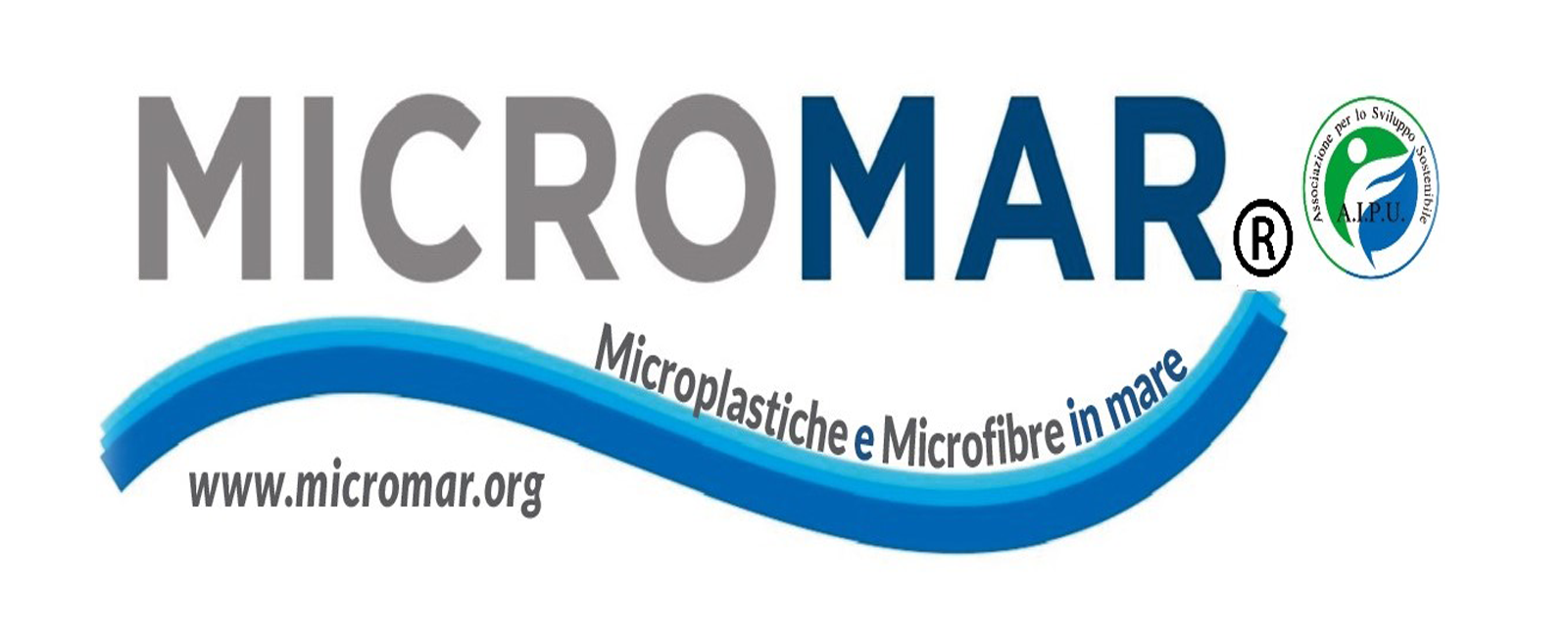Plastic pollution threatens the future of sea turtles. These extraordinary reptiles, which are among the oldest living beings in the history of the Earth, are at risk of disappearing.
As part of the MICROMAR project (microplastics and microfibers in the sea), the A.I.P.U. association for Sustainable Development and the Sperlonga Naval League report that every year at least 11 million tons of plastic end up in the ocean and, without urgent action to reduce its production, this number is expected to triple by 2040 with unimaginable damage to the environment: it is estimated, in fact, that over 170 trillion plastic particles float on the surface of the sea. Just as many accumulate along the water column and on the bottom. Among the living beings most damaged by plastic pollution are also sea turtles, which, as is unfortunately known, confuse plastic with food, thus risking ingesting plastic bags, balloons, straws and spoons, and getting trapped in plastic rings and ghost fishing gear. But why do sea turtles ingest plastic? The answer comes from a specific study on the causes of turtles' attraction to plastic objects left in the sea. Fifteen turtles were examined to test their reactions to four different olfactory stimuli: in distilled water, in the presence of food, in the presence of clean plastic and in the presence of plastic left in the sea for five weeks. The turtles showed similar reactions in the following two conditions: in the presence of food and in the presence of plastic left in the sea for five weeks. As the scientists explained, this happens because after just three weeks the plastic objects acquire a smell similar to that of food, as they are covered in algae and marine microorganisms. Yet, despite this strong push for plastic recycling, polymer pollution and its toxic impacts continue to grow. For this campaign in the Gulf of Gaeta, the associations A.I.P.U. for Sustainable Development and the Lega Navale di Sperlonga argue that there is abundant evidence that plastic recycling not only does not keep its promises, but is also worsening the extent of pollution. In a different way, we could put an end to or at least significantly limit this damage to the environment and life.


 English (United Kingdom)
English (United Kingdom)  Italiano (it-IT)
Italiano (it-IT)